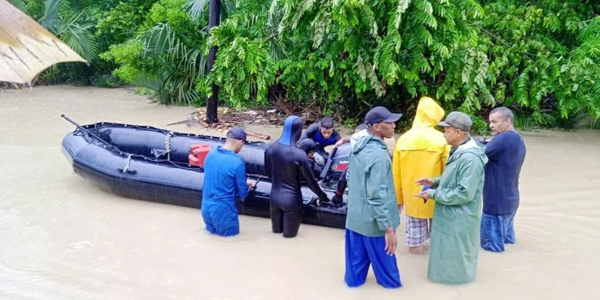
Hurricane Oscar was downgraded to a tropical storm after impacting Cuba and is slowly moving through the eastern part of the country, causing heavy rainfall and flash flooding that are considered "potentially deadly." The National Hurricane Center of the United States reported on the current situation of the storm, which made landfall in the northeastern tip of Cuba and is expected to continue moving east of the island throughout the day.
According to the latest data, the center of the storm was about 30 kilometers from Guantanamo, southeast of Cuba, moving at a speed of 8 kilometers per hour. Oscar is expected to change its course towards the west and northwest in the coming hours before heading more rapidly northeast on Tuesday and Wednesday, passing through the central Bahamas without posing a threat to U.S. territory.
The Meteorological Institute of Cuba pointed out that Oscar has left significant rainfall accumulations in several regions, such as in Guantanamo with 92 liters per square meter and Baracoa with 76.7 liters. More intense precipitation is forecast in the coming hours, especially in mountainous areas, with accumulations that could reach between 100 and 200 liters per square meter in the eastern region.
Regarding the winds, tropical storm speeds of between 85 and 100 kilometers per hour are expected in the eastern provinces, along with strong swells on the northern coast of Guantanamo and Holguin, extending toward Las Tunas. Moderate to strong coastal flooding will persist in low-lying areas, including the Baracoa boardwalk.
On the other hand, in western Cuba, including Havana, the recovery of the electricity supply has begun after a failure in the national power system that left the island in complete darkness for 48 hours.














